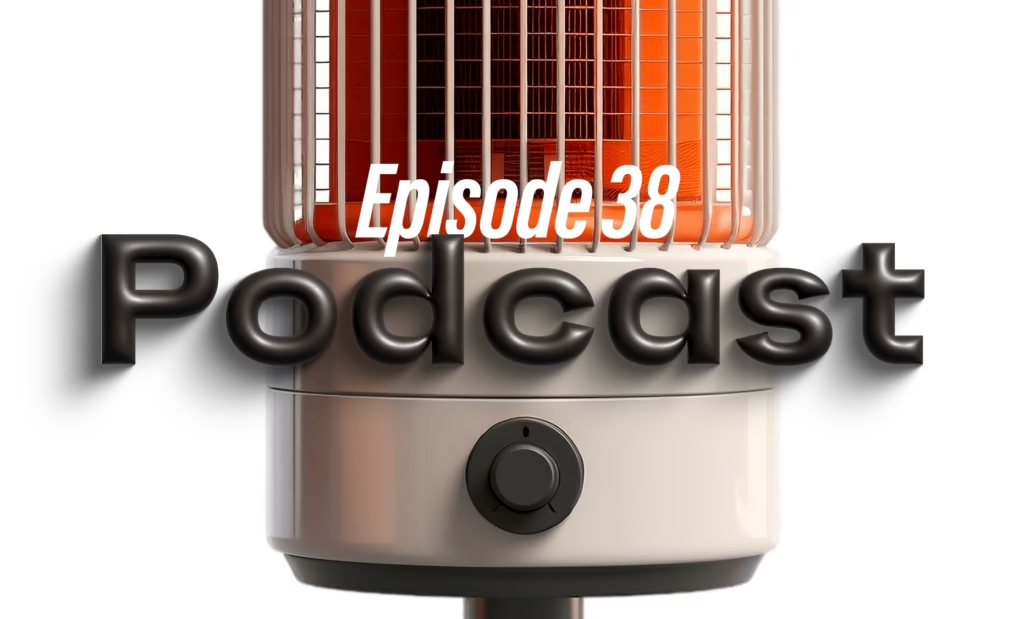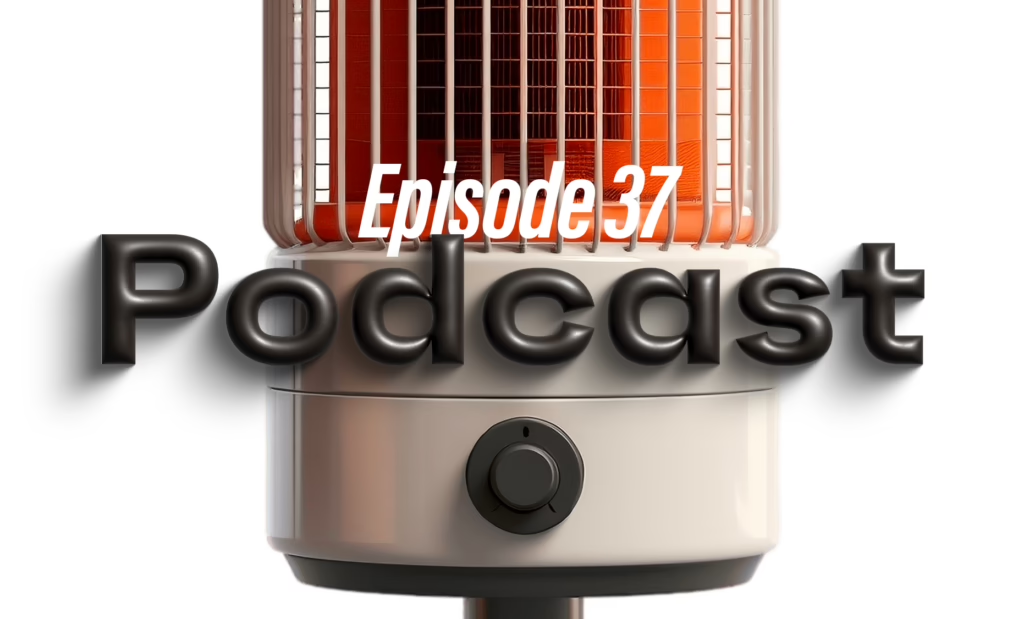
Years ago I worked on an assignment to promote an electric pontoon boat. The engineering was brilliant, efficient, and just really, really clever. The client wanted the marketing to highlight every clever engineering idea built into the boat. It was exemplary of the invisible arcane brilliance often hidden in seemingly simple things.
So the marketing ignored the overall excellence of the boat and its environmental leadership in favour of all the cool stuff that went into the design. Features no one would ever see. The product failed.
“Jobs to be Done” (JTBD) is a theory about product innovation developed by Harvard University professor Clayton Christensen. In short, JTBD is the idea that customers don’t buy a product as much as they hire it to do a Job that improves their lives in a particular way.
Jobs to be Done is a different way of thinking about products, and it helps product developers and marketers focus on what is truly important to the consumer.
In the case of the electric pontoon boat, the Job to be Done was to have fun on the water while being kind to the environment. The engineer-owner was focused on the product’s design and function. He wasn’t interested in the reasons people wanted to “hire” a recreational eco-boat: to provide a fun, simple, low-impact experience. A brilliantly engineered boat is nice, but that didn’t achieve the Job the buyer wanted done. Customers wanted a boat that was fun, didn’t pollute, and was easy. The marketing made it feel excessive and complicated—the opposite of the essential Customer Job.
Rather than thinking about what the product does, JTBD asks questions about outcomes.
While most product designers are preoccupied with answering “how it works” or “what it does” questions, JTBD asks the simple “what is the customer hiring this product to do?” You could also ask, “how will this improve the customer’s life?” It’s about the customer’s goals and how they help achieve a desired future state.
There’s more than one way to skin a cat; a JTBD can be accomplished through any number of means. Your idea for a product to do a Job might be just one of several ways to do that Job. “I need to take my medication on time,” can be answered with time-release drugs, a phone tracking/alarm app, or by a device that holds the medications, alerts the user and pops open the appropriate compartment when it’s time to take them. If we think about the Job to be Done, we become free to explore multiple options and why they may work as well. Or not.
The whole point of thinking about JTBD is to avoid the “or not.”
Products can have multiple Jobs. “Reliable A to B transportation to and from work.” has a panoply of answers: public transport, taxi, Uber, walk, rent a scooter, own a car, bicycle, or skateboard. If you get around in a wheelchair, then you’ve got a different set of answers. All are subject to a secondary layer of JTBD: affordability. A product’s price is part of the JTBD. Businesses have asked for years at what point environmental responsibility becomes a greater factor than cost. The market needs a Job done; your product must do it.
Under JTBD, shopping is the consumer’s version of a job interview. Consumers will grade the interviewee on price and function, but also consider emotional and social aspects. A product may have a primary Job to be Done that’s practical: say, “I need to cut the lawn.” So the primary Job to be Done is to cut the lawn, which can be done by a gas, electric or manual mower—or a goat. A secondary social Job to be Done might be that only non-carbon emitting options would be selected: gas and goats are out, and electric or push-mowers are in. Being seen to be eco-friendly, or any other hard selective criteria, becomes yet another layer of the JTBD.
This may seem like a convoluted rabbit hole, but Jobs To Be Done is a powerful tool in putting your product and business in the best possible position for consumers to hire it.
Here are four key things to keep in mind when thinking about your product and the Job it does for your customers:
- People buy products and services to get a Job done. People aren’t simply buying your product or service to own another piece of baggage, they’re hiring it. Customers have goals, and your product is the one that can do the Job in mind. A universal JTBD is transportation: I need to get from here to there. That’s pretty straightforward unless time is a factor. Or an ocean is between you and your destination. A car or bus can’t do the Job of a trip to Europe. Distance, type of travel, cost of fuel, are all components of theJob to be done. The more precisely your product answers all the questions during the shopping interview— the more likely your product will find itself an employer.
- Success is measured by how well the product accomplishes the Job. A one-hour emergency flashlight. Paper umbrellas. Reusable toothpaste. Whatever those Jobs are, nope.
Want to learn more about Jobs to be Done and how they affect product marketing? Listen to episodes six and seven of our podcast, Product: Knowledge. It’s a two part interview with Alan Klement, author of “When Coffee and Kale Compete: Becoming Great at Making Products People Will Buy.” It’s an excellent book that will help you understand how thinking of products having a Job to do can help your company be more competitive.





